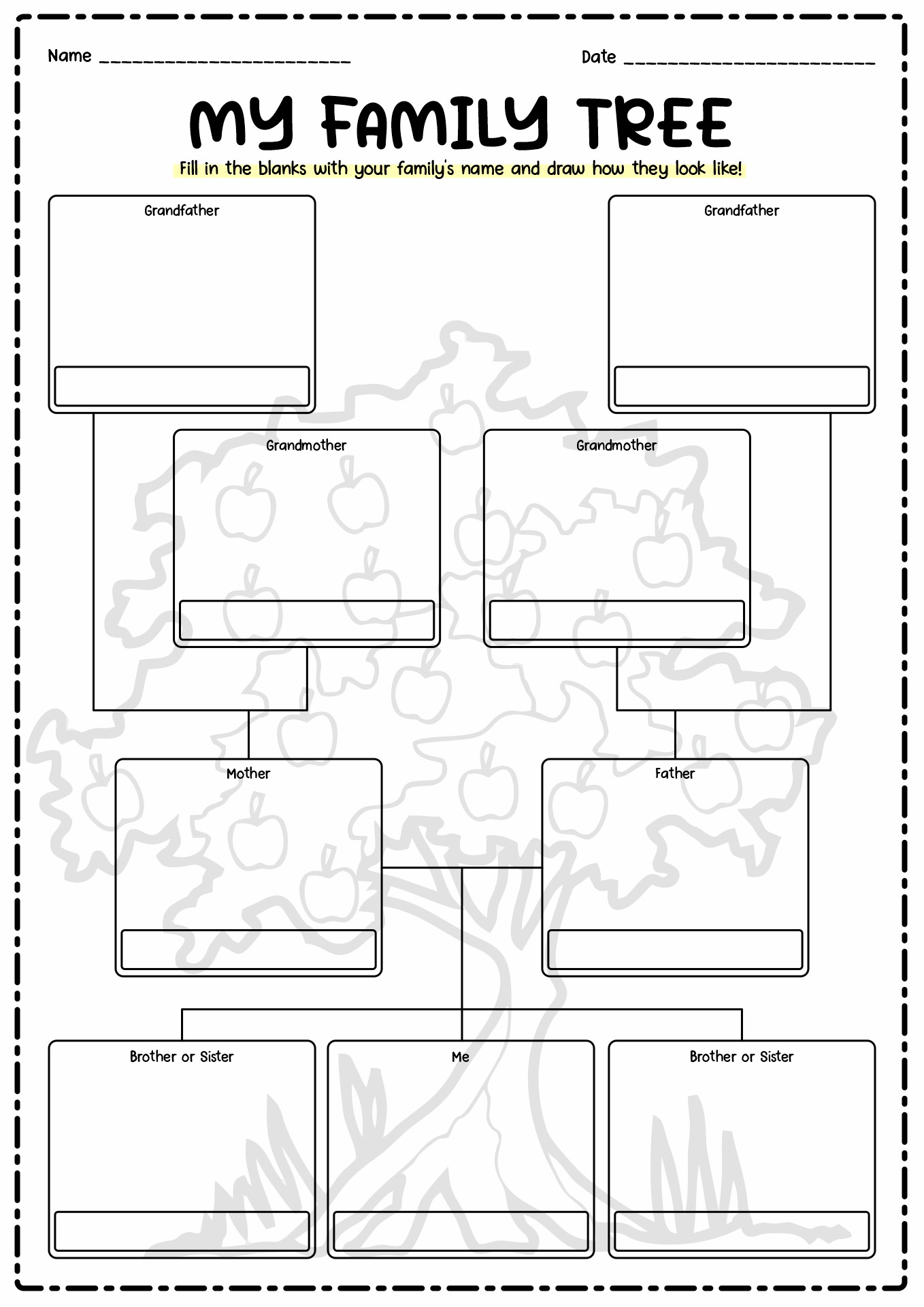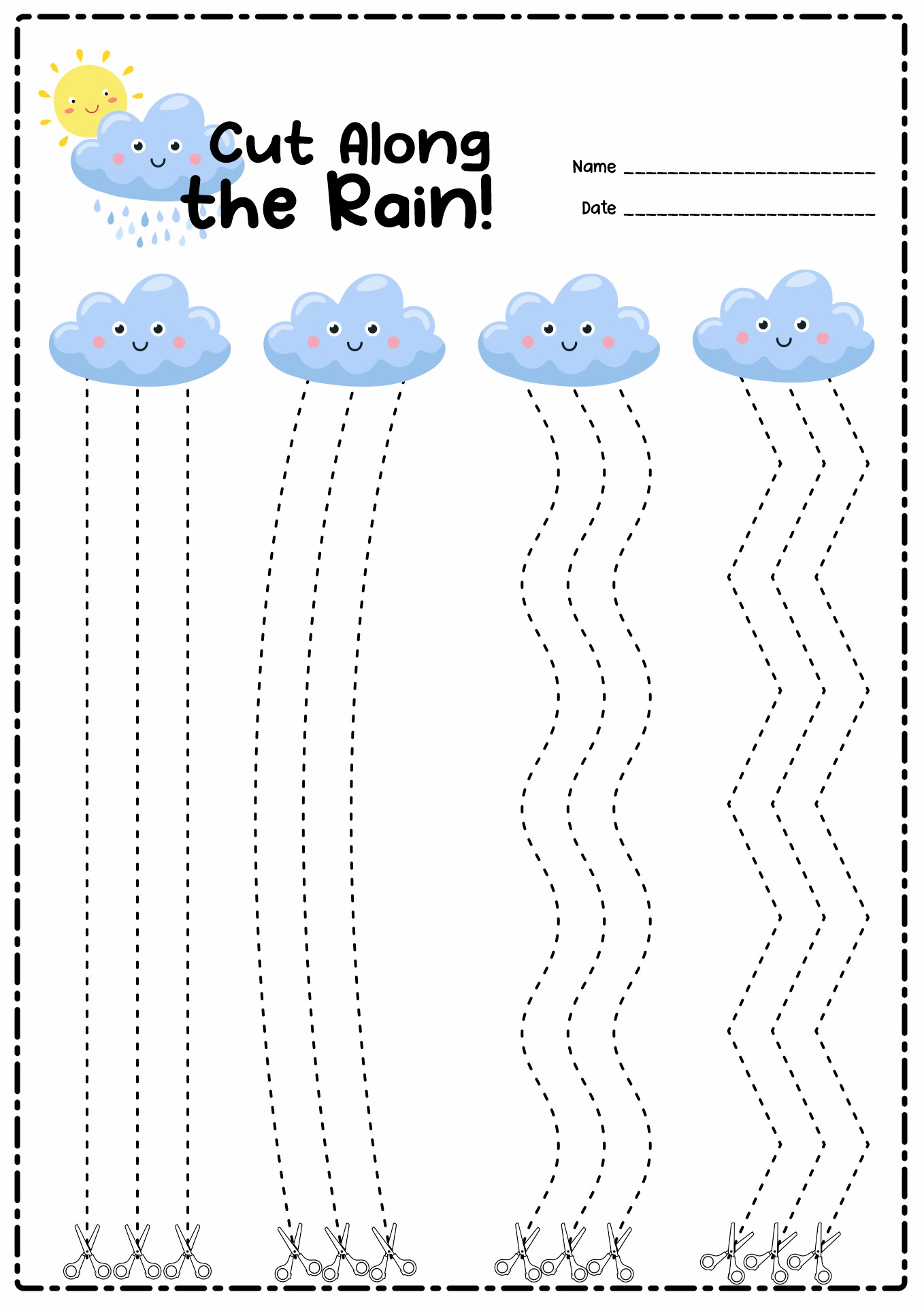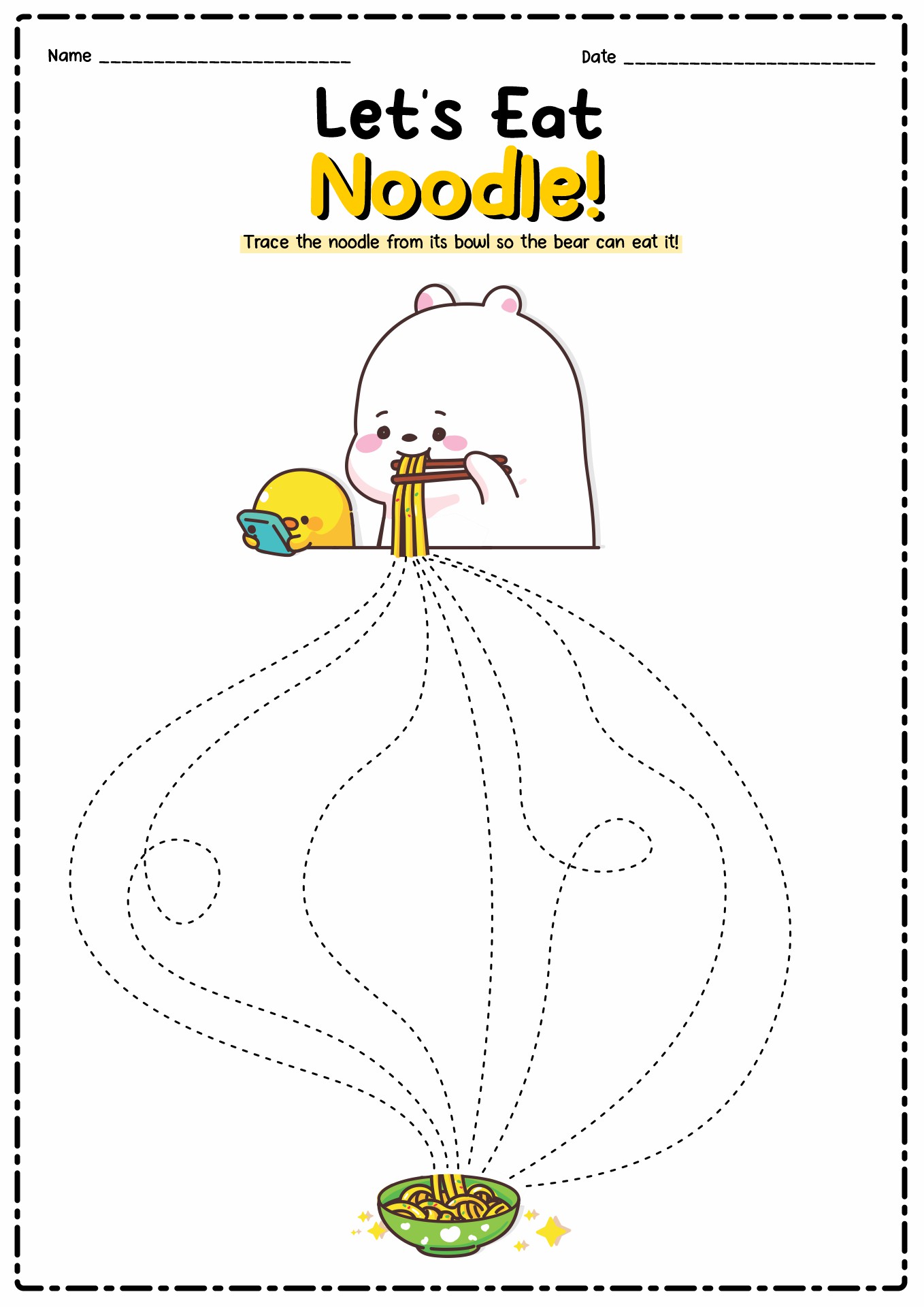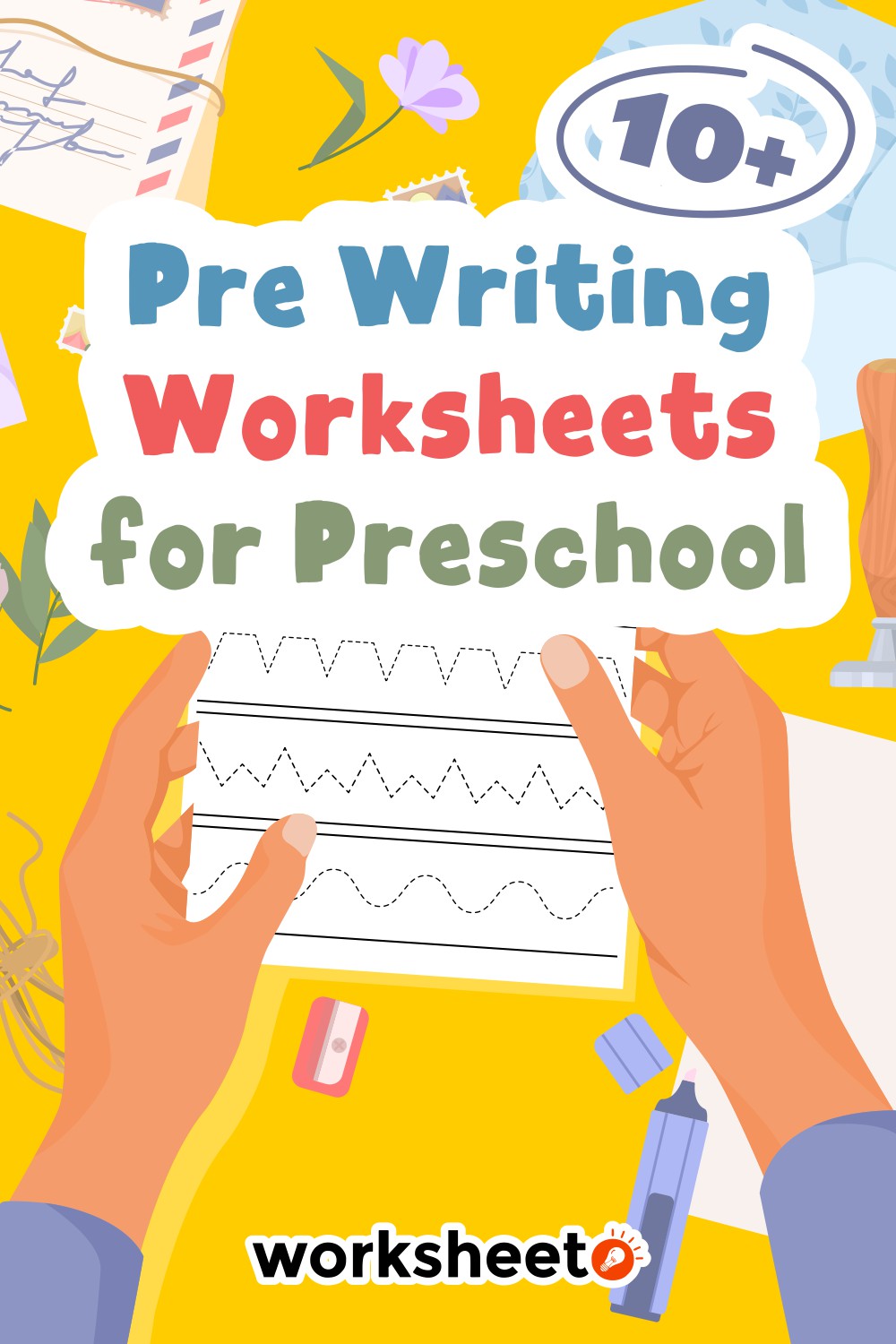Preschool Worksheets Cutting Practice Tree
Preschool worksheets on cutting practice are a fun and engaging way for young children to develop their fine motor skills. These worksheets feature adorable tree designs that capture the attention of the little ones, making learning enjoyable. Each worksheet focuses on cutting along the marked lines, allowing children to practice and improve their scissor skills. With these cutting practice worksheets, parents and educators can help preschoolers enhance their hand-eye coordination and prepare them for more advanced tasks.
Table of Images 👆
- Cut Out Shape Kindergarten Worksheets
- Preschool Cutting Practice
- Apple Tree Cut Out Template
- Preschool Scissor Skills Activities
- Free Printable Scissor Skills Worksheets
- Fine Motor Tracing Worksheet
- Practice Cutting Shapes Worksheet
- Preschool Printable Cutting Pages
- Practice Cutting Shapes Worksheet
- Family Tree Worksheet Printable
- Preschool Scissor Cutting Practice Sheets
- Preschool Cutting Practice Page
- Christmas Tree Cut and Paste Activity
- Tracing Lines Worksheet

Enhance your child's fine motor skills with our Preschool Worksheets Cutting Practice Tree, a perfect resource for early learning activities.
More Preschool Worksheets
Writing Practice Worksheets for PreschoolPreschool Worksheet Rooms In-House
12 Free Printable Number Tracing Preschool Worksheets
Pre Writing Worksheets for Preschool
Color Pink Worksheets for Preschool
Clothing Printable Worksheets for Preschoolers
Penguin Preschool Worksheets
Up and Down Worksheets Preschool
Getting to Know Yourself Worksheet Preschool Printable
Preschool All About Me Worksheets Printables
Improve your children's motoric skills with these Pre-School Worksheets Cutting Practice Tree!
Summary: Cutting with scissors is an essential practice for children to help them improve their motoric skills. Cutting activity has many benefits, such as boosting finger movement, improving mutual coordination between two hands, building up hand muscles, and many more. The children should learn how to grip the scissors in the correct way to aid them to practice their fine motor skills. The adults should watch the children while they are using scissors to avoid any accidents and to guide and help them during the learning process.
What are the Benefits of Scissor Skills?
Using scissors to cut will help young children to develop their finger movements. This activity works on the separation control of two hands and bolsters their hand muscles. Mutual coordination is also needed when the children have to hold the scissors in one hand and the paper in the other. Parents and teachers should teach the children about scissors, starting from how to grip them correctly. The adult can put a piece of paper between the kids' arms to help them stabilise their arm movement. The placement of the scissors on the children's hands also begins to work on the tripod grasp. Mastering scissors grip at an early age can help students when they start to practice writing since they have to grip a pencil. Parents and teachers can use the Pre-School Worksheets Cutting Practice Tree for practice. This activity proved to improve students' focus and attention to detail. Below are the benefits of cutting skills:
- Exercise finger movement.
- Build up the hand muscles.
- Mutual coordination between two hands.
- Improve children's visual-motor skills.
- Boost kids' visual perceptual tasks.
- Practice fine motor skills.
- Develop the grip pattern.
- Enhance focus and attention.
How to Teach Kids to Hold Scissors Correctly?
Adults sometimes overlook the way children hold their scissors. Whereas this ability can determine how well the children cut the paper. A correct way of holding scissors also helps the kids to practice fine motor skills. Here are some activity ideas for appropriate scissors grasp:
- When the children learn how to grip the scissors, reinforce their hands' positions by getting them to do the 'thumps up' sign. Keep reminding them about the 'thumps up' sign and let them practice many times until they get familiar.
- Put a mini pillow between the kids' elbows and sides while they practice cutting to keep their hands and arm in the correct position.
- Mark the thumb hole of the scissors with coloured tape; so the kids know where to put their thumbs.
How to Safely Use Scissors?
Based on the U.S. Consumer Product Safety Commission, there are thousands of reports in one year about children between five to nineteen years old who are treated in hospitals because of scissors injuries. Most of the accidents are caused by careless ways of using scissors. Below are some precautions for using scissors:
- Focus on the hand while using the scissors. Stop cutting when you need to look up.
- Cut in the opposite direction of your body, fingers, arms, and legs.
- Do not try to catch dropped scissors. Let them fall, and you can pick them up later to avoid your hands getting cut.
- Make sure the room you use for cutting with scissors has enough light.
- Only use the scissors for cutting purposes.
- Do not run, climb, or play while carrying scissors.
- Practice a good posture while you are using scissors.
- Keep the scissors in the storage place after you finished using them.
- Tell your teachers or parents if you get hurt while using the scissors.
What Are The Appropriate Materials to Use for Teaching Cutting with Scissors?
The parents and teachers should pay attention to the materials the children use to practice their scissors skills. Appropriate materials for cutting will lead the kids to have efficient cutting learning. The children can start with materials that do not require much holding and positioning movement. It is recommended to have materials that can be cut in one snip and not a couple of cuts. The children can start with straws and move on to the strips of light cardboard 2cm wide, to firm paper and to firm paper with a straight line to cut along. When the students master those skills, they can practice more advanced techniques, such as paper with curvy lines and simple and complex shapes. Teachers and parents can use the worksheets from Pre-School Worksheets Cutting Practice Tree for this activity.
What are The Tips on Teaching Cutting with Scissors to Children?
- If you are afraid your children will get cut from using sharp scissors, they can practice using plastic scissors to cut playdough.
- To avoid wasteful trash and minimise costs, you can use the old newspaper, magazines or flyers for the children to cut.
- Encourage the kids to paste their pictures on the larger pieces of paper.
- Ask your children and students to clean up the mess after thy practice using scissors.
- When the cutting activities are done, keep the scissors in a place children cannot reach.
What are The Struggles of Learning Scissors for Children?
Some children might encounter problems or struggles while they practice using scissors. Tired hands, raised elbows, and mouth movements while cutting are the most common struggles for children when they practice using scissors. This problem can be resolved by strengthening exercises that might help the students. Teachers and parents can use many fun and exciting activities to improve the children's muscle strength.
Have something to share?
Who is Worksheeto?
At Worksheeto, we are committed to delivering an extensive and varied portfolio of superior quality worksheets, designed to address the educational demands of students, educators, and parents.
































Comments
Preschool worksheets cutting practice tree offers an engaging and hands-on activity that helps develop fine motor skills, hand-eye coordination, and scissor cutting abilities in young children.
I absolutely love this cutting practice tree worksheet! It's a great way to help preschoolers develop their fine motor skills in a fun and interactive way. Thank you for providing such a useful and engaging resource!
Printable images of a preschool worksheet for cutting practice, featuring a tree, are beneficial in enhancing fine motor skills and developing hand-eye coordination in young children.
This cutting practice tree worksheet is a great resource to help preschoolers improve their fine motor skills in a fun and interactive way!